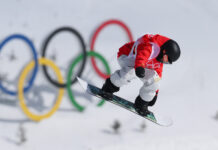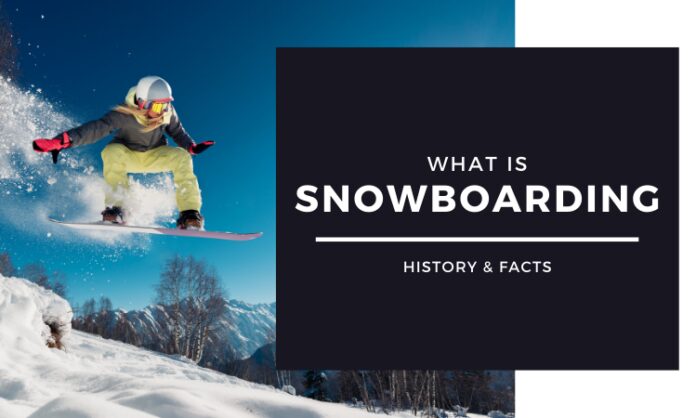
Snowboarding is a winter sport that has evolved from skateboarding and surfing over the course of years.
The primary activity of this sport is riding down on snowy surfaces using a snowboard that is directly attached to your feet.
The modern-day snowboard looks similar to an oversized skateboard without wheels, and sliding downhill with it has become a very popular hobby for numerous winter sports enthusiasts over the past few decades.
This sport has deep roots in the United States, where it was developed throughout the 1960s and 1970s, and it became a Winter Olympic sport back in 1998.
However, this popular activity was around way longer than most people think. Boys and men used plywood or wooden planks in the early 1920s to slide down the hills, and this was one of the older predecessors of this sport.
The new era of snowboarding, or rather, the start of this winter activity as we know it nowadays, began in 1965, when an engineer from Muskegon, Michigan, named Sherman Poppen, built a toy for his daughter. This toy consisted of two skies tied together with attached rope on the one end for better control when sliding downhill.
This prototype was called “The Snurfer,” the name that Poppen’s wife came up with by combining the words that explained its purpose – surfing on snow.
The invention of this particular toy led us eventually to modern-day epoxy fiberglass board, which is very popular to this day and is used for one of the youngest winter sports of the generation.
3 Styles of Snowboarding and Types of Competitions
Over the years, snowboarding has become a very technical sport that requires a lot of practice and skill.
Although figuring out the basics will likely take a small portion of your time, truly mastering this winter activity takes a lot of determination.
There are multiple paths on which you can progress and learn and unlimited options in which riders can express themselves.
That being said, there are a total of three main styles of snowboarding, and each is linked to the type of equipment, terrain, and competition. You have freestyle, freeriding, and alpine, which is also known as free carving.
1. Freestyle
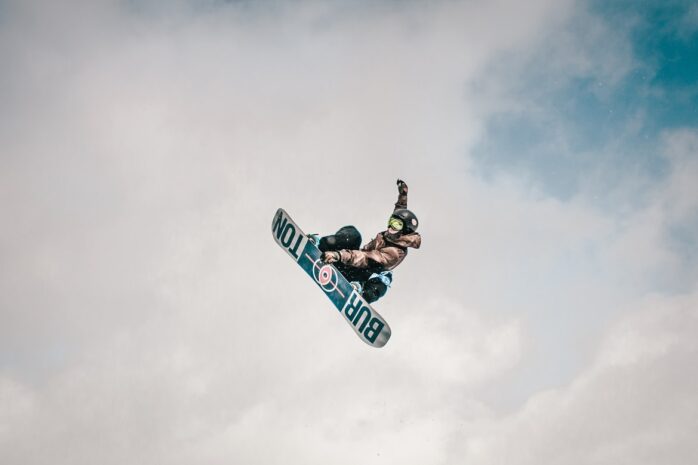
Freestyle was hands down the most popular snowboarding style in the 2010s. It resembles skateboarding the most, and it allows riders to get creative and show off their skills in numerous attractive ways.
The riders perform aerial maneuvers and tricks on the stage where they are faced with rails, boxes, handrails, halfpipes, and other types of obstacles.
This activity became so popular that most modern ski resorts have dedicated park areas that are used specifically for freestyle surfers. Competitively, this style is categorized into halfpipe/superpipe, slopestyle, Big Air, and rail jams.
2. Freeriding
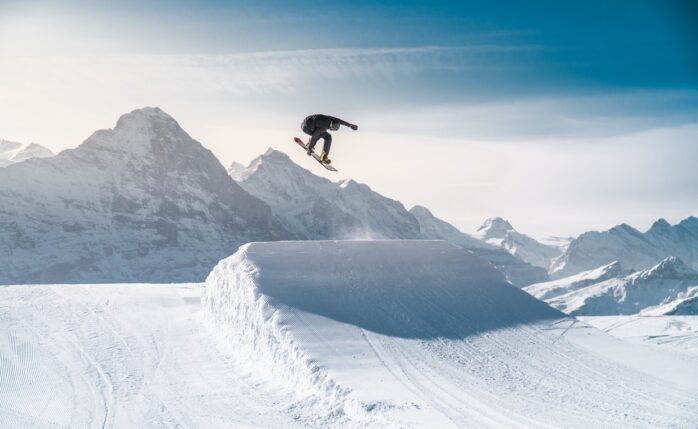
Freeride snowboarding is a style that is performed on natural, un-groomed terrain. It has no set course, rules, or goals.
This is an aggressive style of riding that involves hard carves, steep slopes, narrow chutes, tree runs, and most of all, it requires a lot of speed so you can perform jumps and tricks.
Freeriding requires a stiff board that provides sufficient stability at high speeds, and that floats well in powder.
These boards have a tapered directional shape and often have a sintered base that grants more speed and better gliding on flat surfaces.
3. Alpine Snowboarding
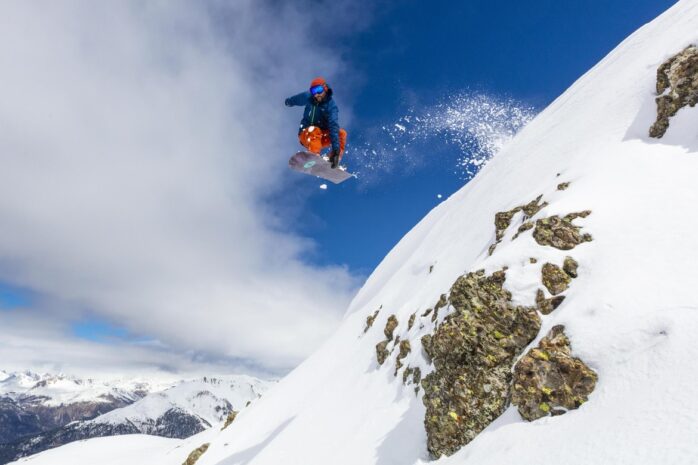
This style was highly popular throughout the mid-1980s when snowboarding was still a very young sporting activity.
Alpine style has a lot of similarities with skiing, especially in slalom varieties, where the main goal is not doing jumps and tricks but pinpoint carving at a high pace.
By the end of the 1990s majority of die-hard snowboarders had rejected this style since they considered it nothing more than skiing on boards and did not consider it challenging enough.
In summary
Extreme, yet very attractive activity, snowboarding found its place in the hearts of numerous winter sports fans.
Although it is often performed at high speeds, it can prove to be freeing, relaxing, and therapeutic for some.
With its high rise in popularity, it is certainly something worth trying out. A little dose of adrenaline can get your blood flowing, make you feel more alive, and that is what snowboarding will definitely deliver on.

